Video Cameras That You Can Put Microphones On?
In the ever-evolving world of videography, the integration of high-quality audio is as crucial as capturing stunning visuals. For many videographers, the ability to attach external microphones to their video cameras is a game-changer, enhancing the overall production value of their content. This article delves into the various aspects of video cameras that support external microphones, providing insights into why this feature is essential, the types of microphones available, and recommendations for some of the best video cameras that cater to this need.
The Importance of External Microphones in Videography
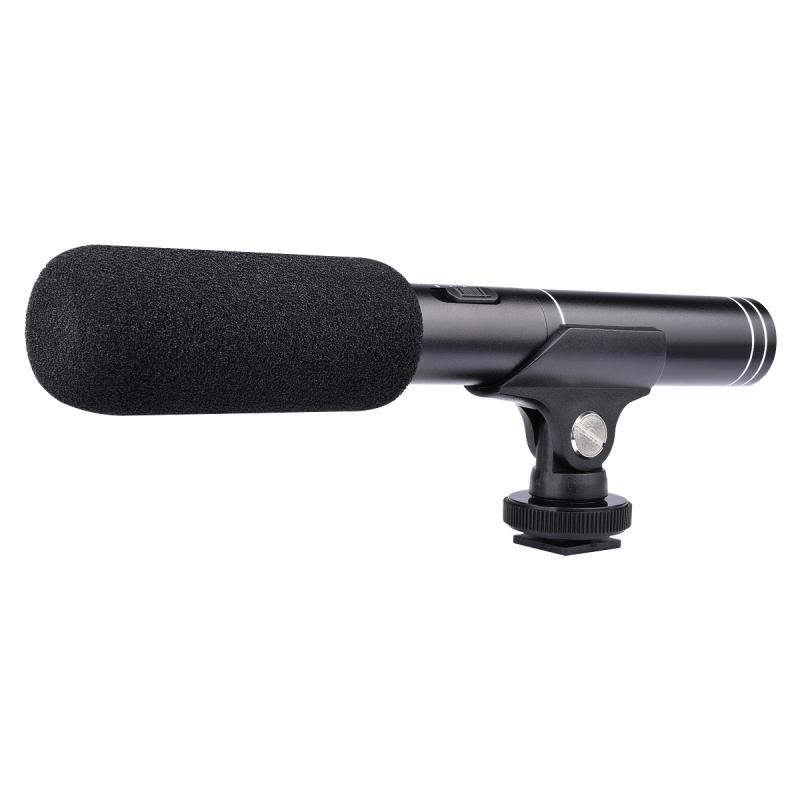
When it comes to creating professional-grade videos, audio quality can make or break the viewer's experience. Built-in microphones on video cameras often fall short in capturing clear and crisp sound, especially in noisy environments or when recording from a distance. External microphones, on the other hand, offer superior sound quality, greater control over audio settings, and the flexibility to adapt to different recording scenarios.
Types of External Microphones
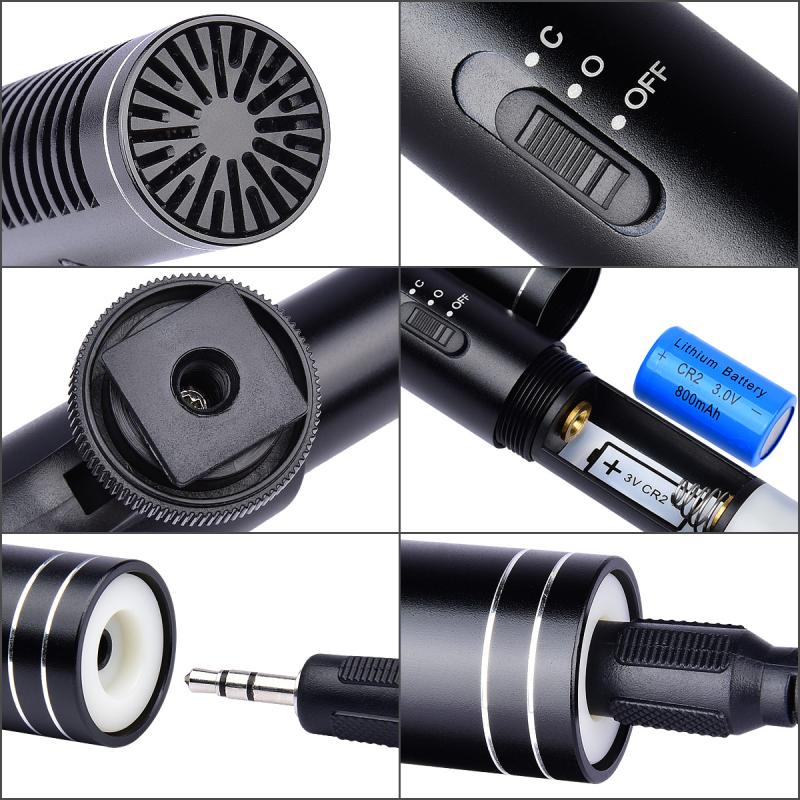
Before diving into the best video cameras for external microphones, it's essential to understand the different types of microphones available and their specific use cases:
1. Shotgun Microphones: These are highly directional microphones that capture sound from a specific area while minimizing background noise. They are ideal for interviews, vlogs, and any situation where the subject is directly in front of the camera.
2. Lavalier Microphones: Also known as lapel mics, these are small, clip-on microphones that are perfect for capturing dialogue in interviews, presentations, and live events. They offer hands-free operation and are less conspicuous.
3. Handheld Microphones: These are versatile and commonly used in news reporting, interviews, and live performances. They are easy to handle and provide excellent sound quality.
4. Wireless Microphones: These offer the freedom to move around without being tethered to the camera. They are ideal for dynamic shooting environments, such as events, documentaries, and sports.
Key Features to Look for in Video Cameras
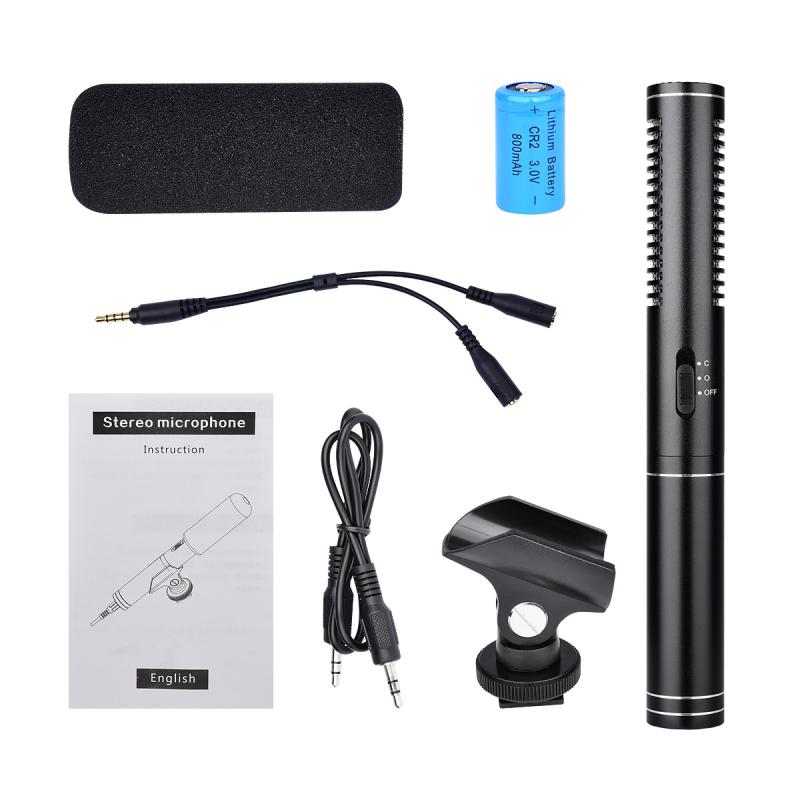
When selecting a video camera that supports external microphones, consider the following features:
1. Microphone Input: Ensure the camera has a dedicated microphone input, typically a 3.5mm jack or XLR input, to connect external microphones.
2. Audio Controls: Look for cameras with manual audio controls, allowing you to adjust the input levels and monitor the audio in real-time.
3. Hot Shoe Mount: A hot shoe mount is useful for attaching shotgun microphones or wireless microphone receivers directly to the camera.
4. Phantom Power: For professional-grade microphones that require phantom power, ensure the camera can supply the necessary voltage.
5. Audio Monitoring: A headphone jack for audio monitoring is crucial to ensure the sound is being captured correctly during recording.
Top Video Cameras for External Microphones
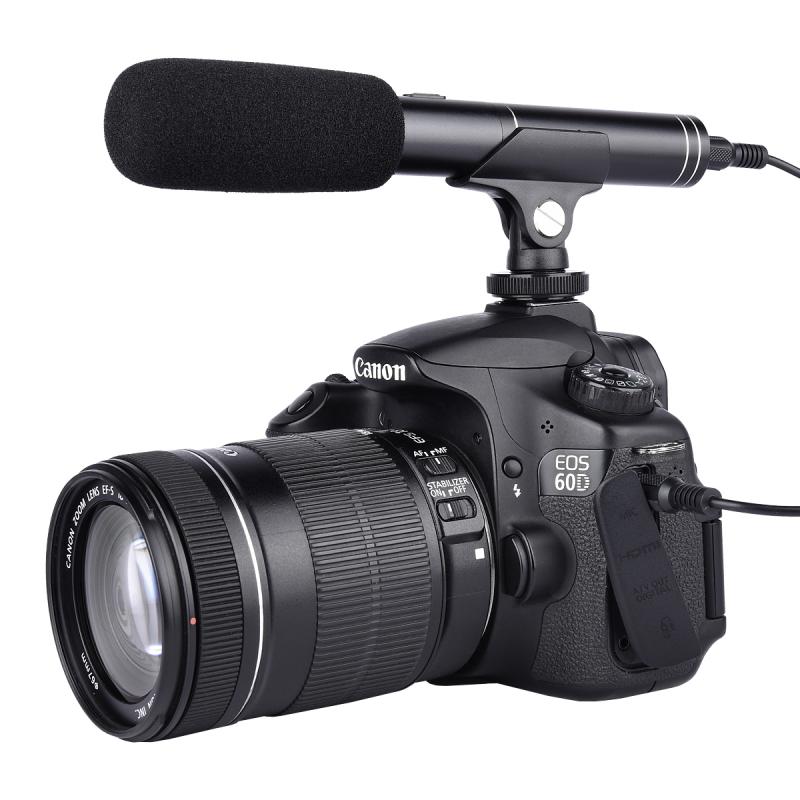
Here are some of the best video cameras that cater to the need for high-quality audio through external microphones:
1. Canon EOS R5
- Microphone Input: 3.5mm jack
- Audio Controls: Manual audio level control
- Hot Shoe Mount: Yes
- Phantom Power: No
- Audio Monitoring: Headphone jack
The Canon EOS R5 is a versatile mirrorless camera that excels in both video and still photography. Its 8K video recording capability, combined with excellent audio features, makes it a top choice for professional videographers.
2. Sony A7S III
- Microphone Input: 3.5mm jack
- Audio Controls: Manual audio level control
- Hot Shoe Mount: Yes
- Phantom Power: No (requires an adapter)
- Audio Monitoring: Headphone jack
Known for its exceptional low-light performance, the Sony A7S III is a favorite among filmmakers. Its advanced audio features and compatibility with various external microphones make it a reliable option for high-quality video production.
3. Panasonic Lumix GH5
- Microphone Input: 3.5mm jack
- Audio Controls: Manual audio level control
- Hot Shoe Mount: Yes
- Phantom Power: No (requires an adapter)
- Audio Monitoring: Headphone jack
The Panasonic Lumix GH5 is renowned for its video capabilities, offering 4K recording at 60fps. Its robust build and comprehensive audio features make it a popular choice for both amateur and professional videographers.
4. Blackmagic Pocket Cinema Camera 6K
- Microphone Input: Mini XLR and 3.5mm jack
- Audio Controls: Manual audio level control
- Hot Shoe Mount: No (requires a rig)
- Phantom Power: Yes
- Audio Monitoring: Headphone jack
The Blackmagic Pocket Cinema Camera 6K is designed for serious filmmakers, offering cinematic quality video and professional audio features. Its mini XLR input with phantom power support sets it apart from other cameras in its class.
5. Canon XA55
- Microphone Input: XLR and 3.5mm jack
- Audio Controls: Manual audio level control
- Hot Shoe Mount: Yes
- Phantom Power: Yes
- Audio Monitoring: Headphone jack
The Canon XA55 is a professional camcorder that caters to the needs of broadcast and event videographers. Its dual XLR inputs with phantom power and comprehensive audio controls make it an excellent choice for high-quality audio recording.
Practical Tips for Using External Microphones
To get the best audio quality from your external microphone, consider the following tips:
1. Positioning: Place the microphone as close to the sound source as possible to capture clear audio and reduce background noise.
2. Wind Protection: Use windshields or foam covers to minimize wind noise when recording outdoors.
3. Monitor Audio: Always monitor the audio levels through headphones to ensure the sound is being captured correctly and make adjustments as needed.
4. Use Quality Cables: Invest in high-quality cables to avoid interference and signal loss.
5. Test Before Recording: Conduct a sound check before starting your recording to ensure everything is working correctly and to make any necessary adjustments.
Incorporating external microphones into your videography setup can significantly enhance the audio quality of your videos, making them more engaging and professional. By understanding the different types of microphones and selecting a video camera that supports external audio inputs, you can elevate your content to new heights. Whether you're a seasoned filmmaker or an aspiring vlogger, investing in the right equipment and following best practices will ensure your videos sound as good as they look.


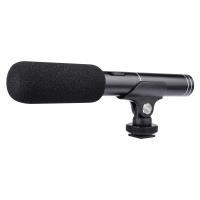
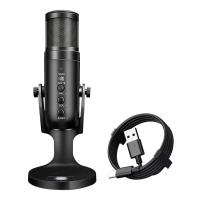
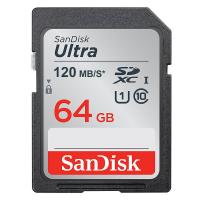
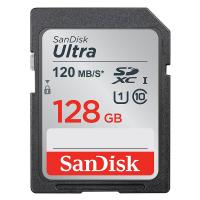



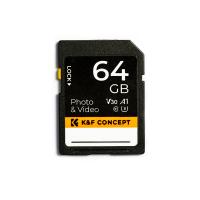
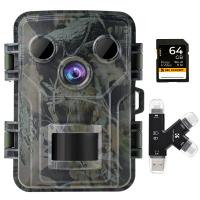
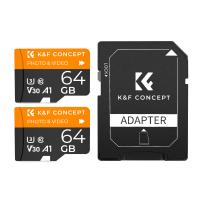
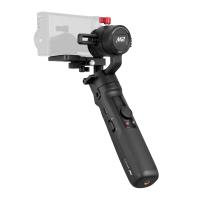
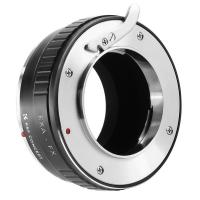

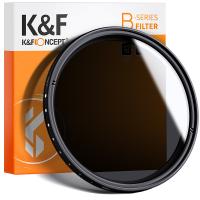
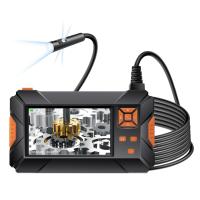
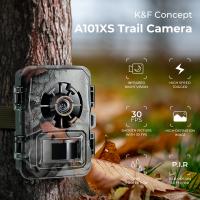
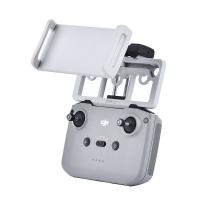


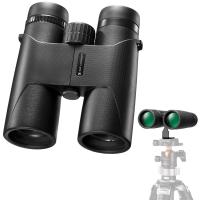
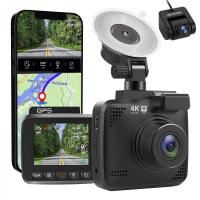
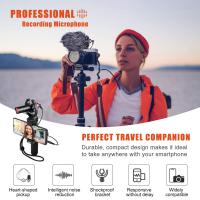
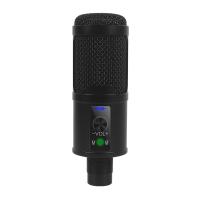
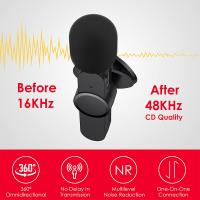

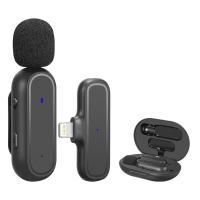
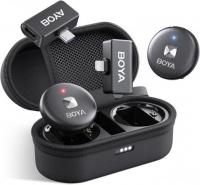
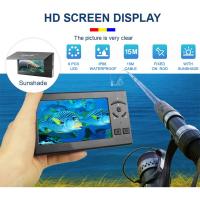
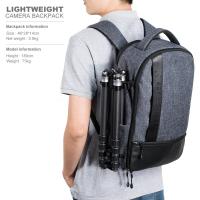
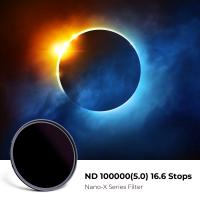

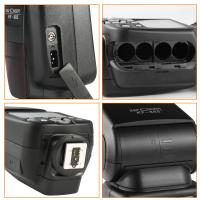
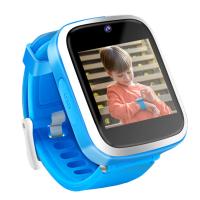

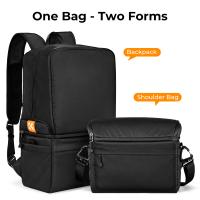
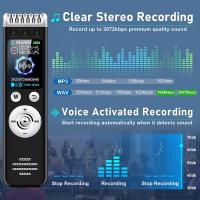
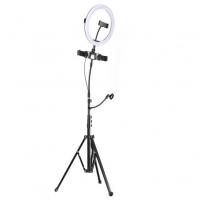
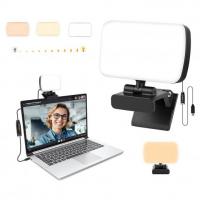

There are no comments for this blog.